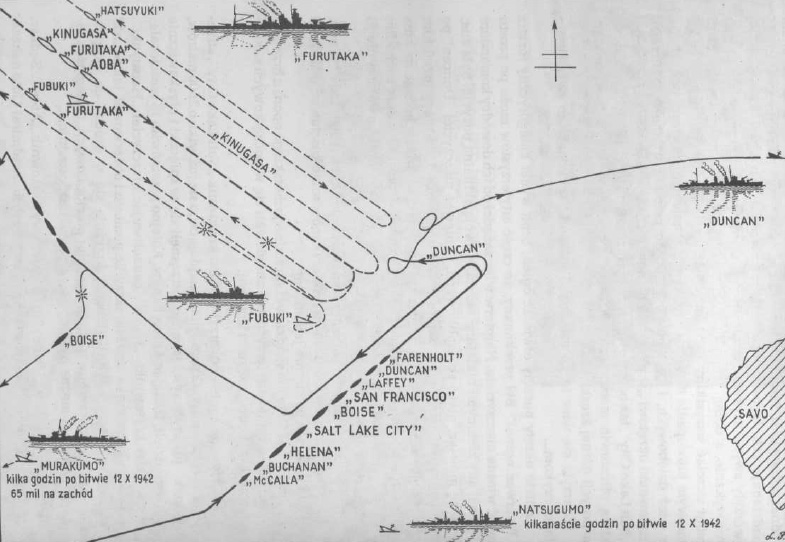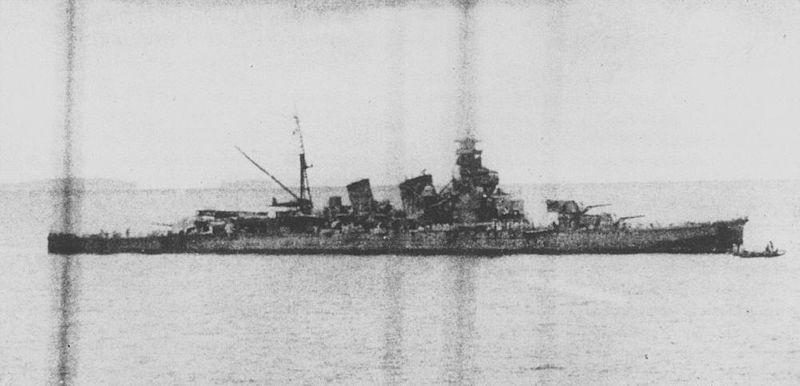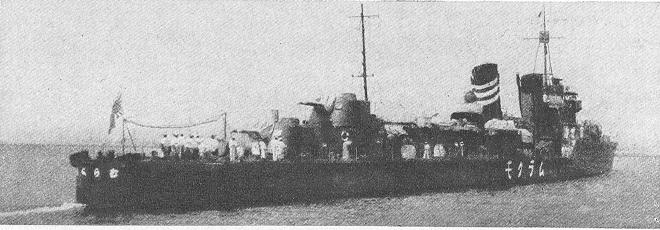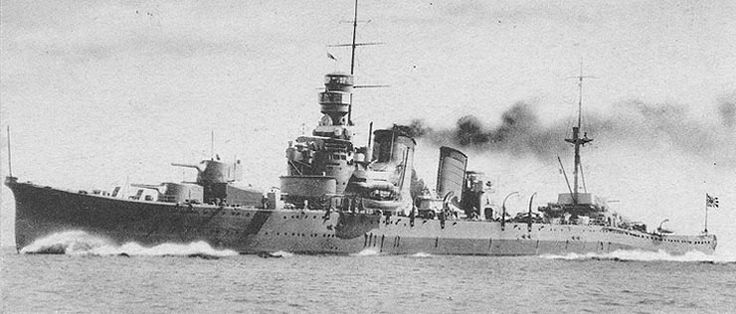Air Operations, Aleutians
10 28th Composite Bomb Group B-24s attack the main camp and harbor at Kiska in two separate missions.
[Air Operations, Europe
BOMBER COMMANDDaylight Ops:
- 8 Mosquitos attack Sluiskil, Saarbrücken and Hannover; 1 plane is lost.
- 80 aircraft are sent to lay mines in several locations.
- 2 Wellingtons and 1 Stirling are lost.
Air Operations, Mediterranean
Axis air forces launch a final major air offensive against Malta. Defending Spitfires, however, inflict heavy losses. From October 16 Ju-88 bombers will be restricted to night operations. All daylight bomber raids are abandoned on October 17. (see November 8, 1942.)
[Air Operations, Solomons
39 Cactus Air Force F4Fs and 12 P-39s and P-400s intercept a two-part Japanese Navy air attack at 1230 hours. Preceded by 17 A6M Zeros which are not intercepted, a force of 18 G4M Betty bombers and 30 A6M Zeros is force to low altitude by low clouds. The F4Fs with an altitude advantage shoot down 9 Bettys and 2 Zeros. Also in the action are 2 339th Fighter Squadron P-39s which down 2 more Bettys. 1 F4F and 1 P-39 are lost.
[Battle of the Atlantic
The US freighter Steel Scientist, en route to Paramaribo, British Guiana, is torpedoed and sunk by U-514 losing 1 crewman in the attack. The survivors, 37 merchant seamen and the 9-man Armed Guard, take to a gig and 3 lifeboats.
[ Churchill, Sir Stafford Cripps and Adm Sir John Tovey |
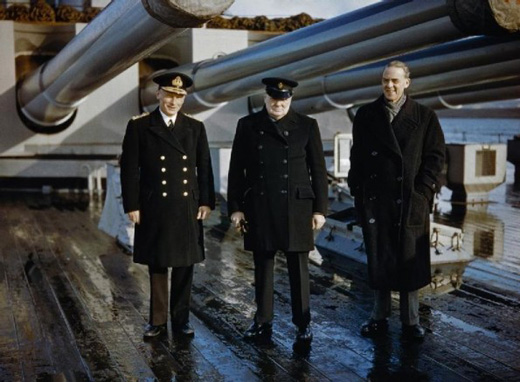 |
Eastern Front
For the first time in almost two months, 51 days, there is a complete lull in the Stalingrad sector.
German Soldiers in a Trench |
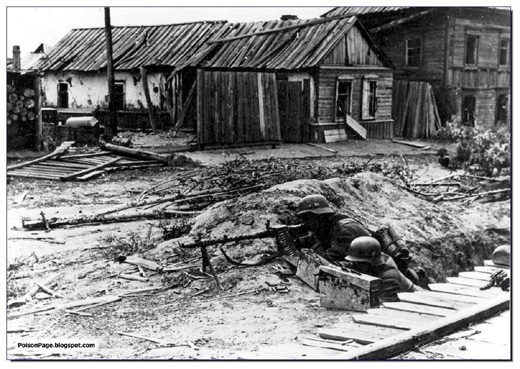 |
Guadalcanal
Adm Yamomoto postpones X-Day, but the fleet air arm and supply organization operations will continue as planned.
[Madagascar
Gen Sir William Platt hands over command in the theater to Gen Gerald R. Smallwood.
[Pacific
The Japanese submarine I-25, heading home after her deployment of the US west coast, torpedoes and sinks the Russian submarine L-16 sailing from Dutch Harbor, Alaska to San Francisco, California.
[Battle of Cape Esperance
Both sides mount supply operations to the forces on Guadalcanal. During the night and continuing throughout the next day, the covering squadrons of cruisers and destroyers meet off Cape Esperance and a confused night action ensues.
The American force consists of 4 cruisers, the San Francisco (CA-38), the Salt Lake City (CA-25), the Boise (CL-47) and the Helena (CL-50), and 4 destroyers led by Rear-Adm Norman Scott. The Japanese squadron, commanded by Rear-Adm Aritomo Goto, has 3 cruisers, the Aoba, the Kinugasa and the Furutaka, and 2 destroyers. Although the Americans have the crucial advantage of radar, communications between their ships are poor and their actions are not well led and they fail to make best use of their superior torpedo equipment. At various stages in the battle both sides fire on their own ships. The Americans lose 1 destroyer, the Duncan (DD-485), and 2 cruisers, the Salt Lake City (CA-25) and the Boise (CL-47), and another destroyer, the Farenholt (DD-491), are seriously damaged.
The Japanese come off worse, losing a cruiser, the Frutaka and 1 destroyer and having the other 2 cruisers damaged. Their remaining 2 destroyers are sunk by air attack by planes from Henderson Field during the daylight of October 12th. With these additional losses the Japanese will be hard pressed to block further reinforcement of US forces on Guadalcanal.
Both sides' transports get through. On the 11th the Japanese land various supplies including artillery and tanks, and on the 13th the Americans land 3,000 more men from the Americal Div.
Imperial Japanese Navy Forces | United States Navy Forces |
|---|---|
| Rear-Admiral Aritomo Goto | Rear Admiral Norman Scott |
Sentai 6 | San Francisco (F) CA-38 Captain Charles H. McMorris |
| CA Aoba Captain Yonejiro Hisamune | Salt Lake City CA-25 Captain Ernest G. Small |
| CA Furutaka Captain Tsutau Araki | Boise CL-47 Captain Edward J. Moran |
| CA Kinugasa Captain Masao Sawa | Helena CL-50 Captain Gilbert C. Hoover |
Desron 3 | Desron 12 |
| DD Fubuki Commander Musao Yamashita | Captain Robert G. Tobin Farenholt DD-491 (F) Lt. Commander Eugene T. Seaward |
| DD Hatsuyuki Lt. Commander Tatsuya Yamaguchi | Duncan* DD-485 Lt. Commander Edmund B. Taylor |
| Laffey DD-459 Lt. Commander William E. Hank | |
| Buchanan DD-484 Commander Ralph E. Wilson | |
| McCalla DD-488 Lt. Commander William G. Cooper |
|
|
|
|
